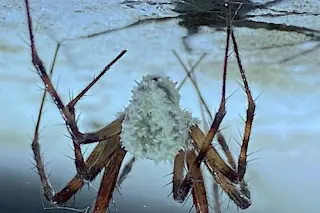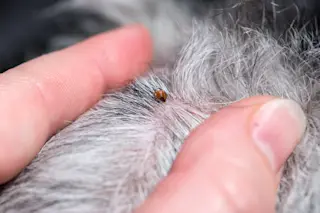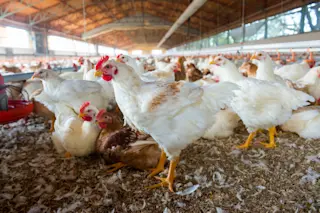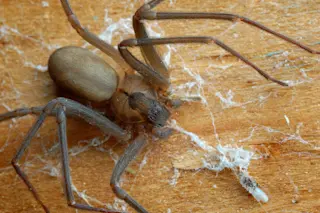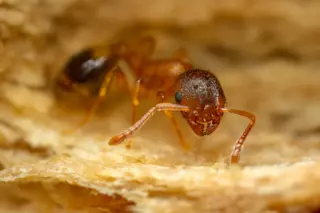Any depth of understanding of biology and ecology is accompanied by this inevitable conclusion: parasites rule the world. They're the "man behind the curtain" as fans of Oz would put it. They are the directors and stage managers of the grand production that is life on this Earth, nature's finest puppeteers, and that we think we have any modicum of control over any species' physiology in comparison (including our own) is downright laughable. The latest reminder of our inadequacy when it comes to manipulating biology comes from a fresh paper in Proceedings of the Royal Society B. In it, scientists describe how the parasitoid wasp, Dinocampus coccinellae, is able to manipulate its host, the ladybug Coleomegilla maculata: it uses
anotherparasite
, a never-before seen RNA virus.
A ladybug defending the cocooned parasite that emerged from it. Photo by BeatWalker from Wikimedia Commons Parasitoid wasps are some of the most fascinating ...





